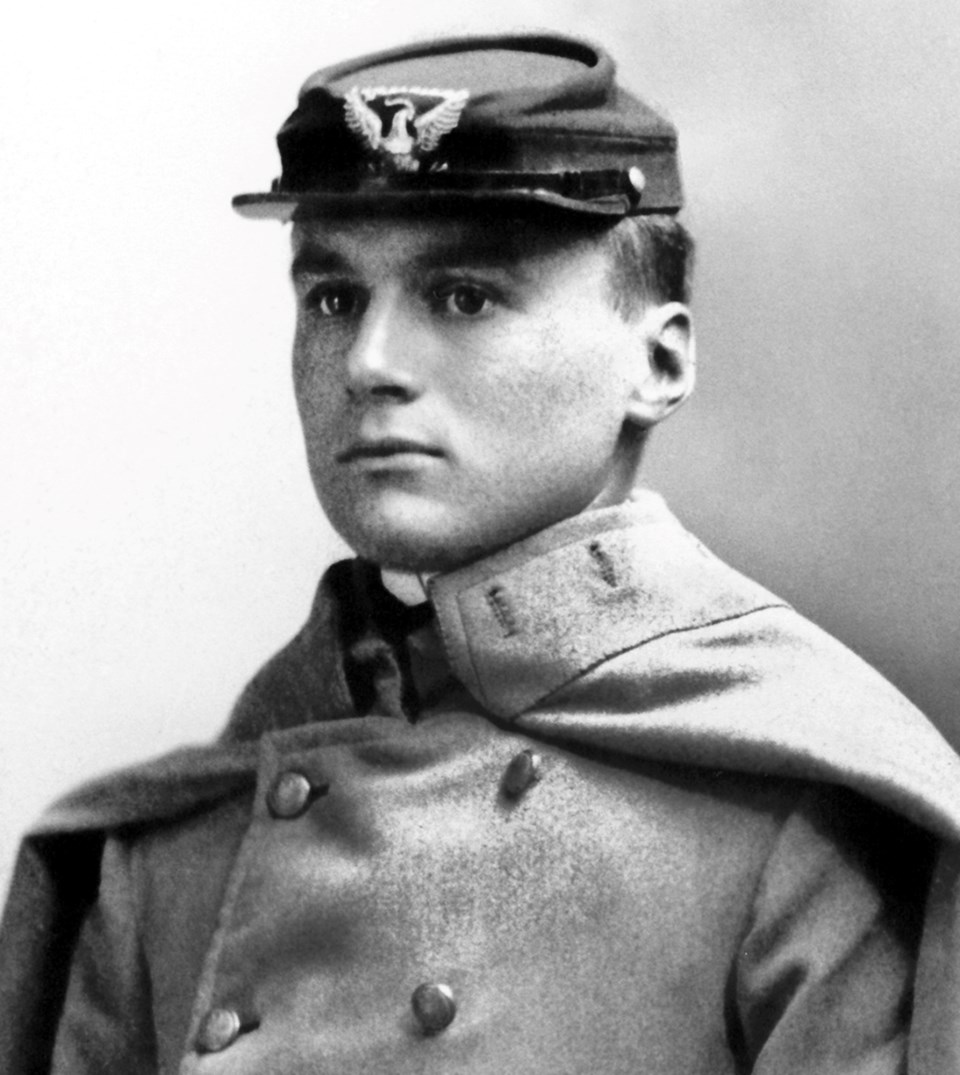Phil Egan
On a summer day in the late 1950s, my father drove me to an air show at Selfridge Air Force Base near Mt. Clemens, Michigan.
I was only 10 or 11 - too young to know how my father had grown up spellbound by the flying exploits of Charles Lindbergh, or that his attempt to enlist in the RCAF during the Second World War had been blocked by the discovery he was colour blind.
The navy, as it turned out, was happy to have him – but that’s a different story.
On that summer day some 65 years ago we were both excited to watch the aerial acrobatics, and to see the various fighter aircraft displayed on the base’s tarmac.
It was many years later before I learned the interesting tale of how the base got its name.
Originally known as Joy Aviation Field, today’s Selfridge Air National Guard Base is one of the oldest continuously operating military air bases in the U.S. It’s also a base for the U.S. Coast Guard helicopters often seen flying over Sarnia.
In 1917 it was renamed Selfridge Field and began training gunners and mechanics for the First World War.
Born in 1882, Thomas E. Selfridge graduated West Point in 1903. His career began in the Artillery but he was sent in 1907 to the aeronautical division in Fort Myer, Virginia.
Assigned as a military delegate to the Aerial Experimental Association (AEA), he served as secretary to the chairman, Alexander Graham Bell.
Bell had constructed his own bizarre flying device – basically a manned kite he named Cygnet – and it was aboard this that Thomas Selfridge took his first flight above Nova Scotia’s Bras d’Or Lake.
The seven-minute flight, 168 feet in the air, was the first recorded passenger flight of any heavier-than-air craft in Canada.
Thomas Selfridge continued to operate experimental aircraft for the AEA, making the young flyer one of the true pioneers in the age of flight.
Selfridge’s career, and life, would end in 1908 at age 26, in a tragic accident with another celebrated aviation pioneers.
That September Orville Wright visited Fort Myer to demonstrate his new Military Flyer, and Selfridge signed up to be his passenger.
The added weight may have proven too much for the Wright Flyer. On its fifth orbit of the field, the aircraft nose-dived from 75 feet, killing Selfridge and seriously injuring Wright.
Thomas Selfridge was the first person to die in an air crash, and the first military pilot killed on duty.
He rests today at Arlington National Cemetery in Virginia.
Got an interesting tale? Contact columnist Phil Egan at [email protected]
